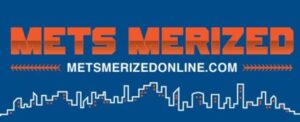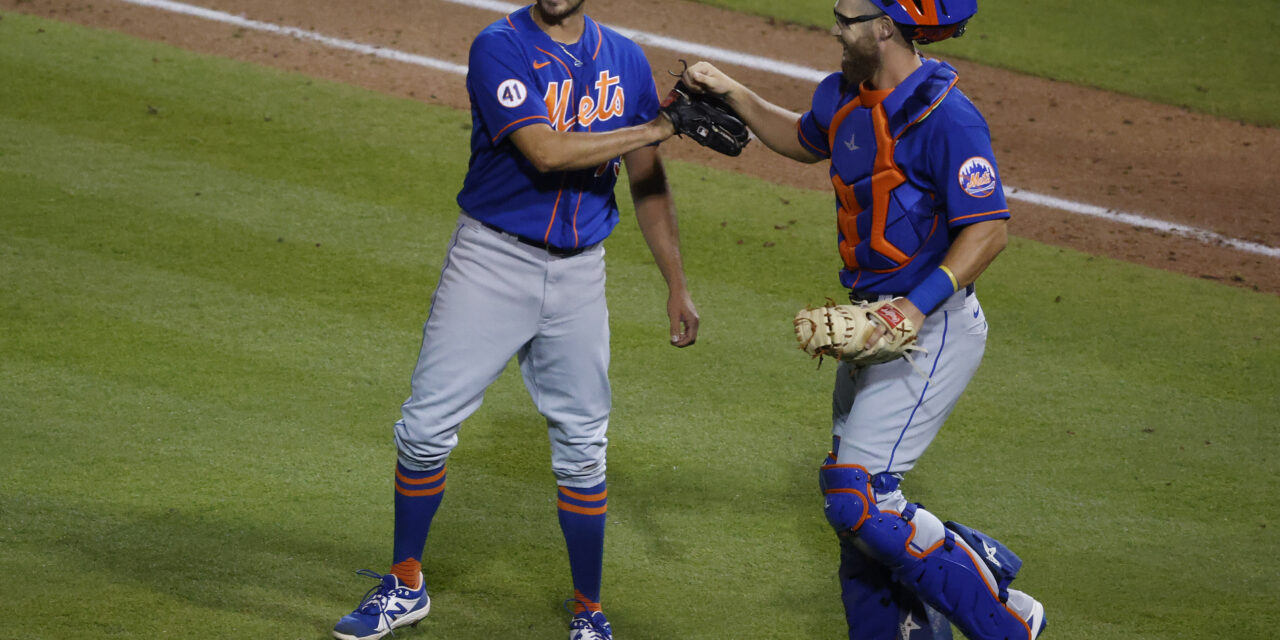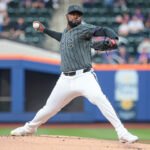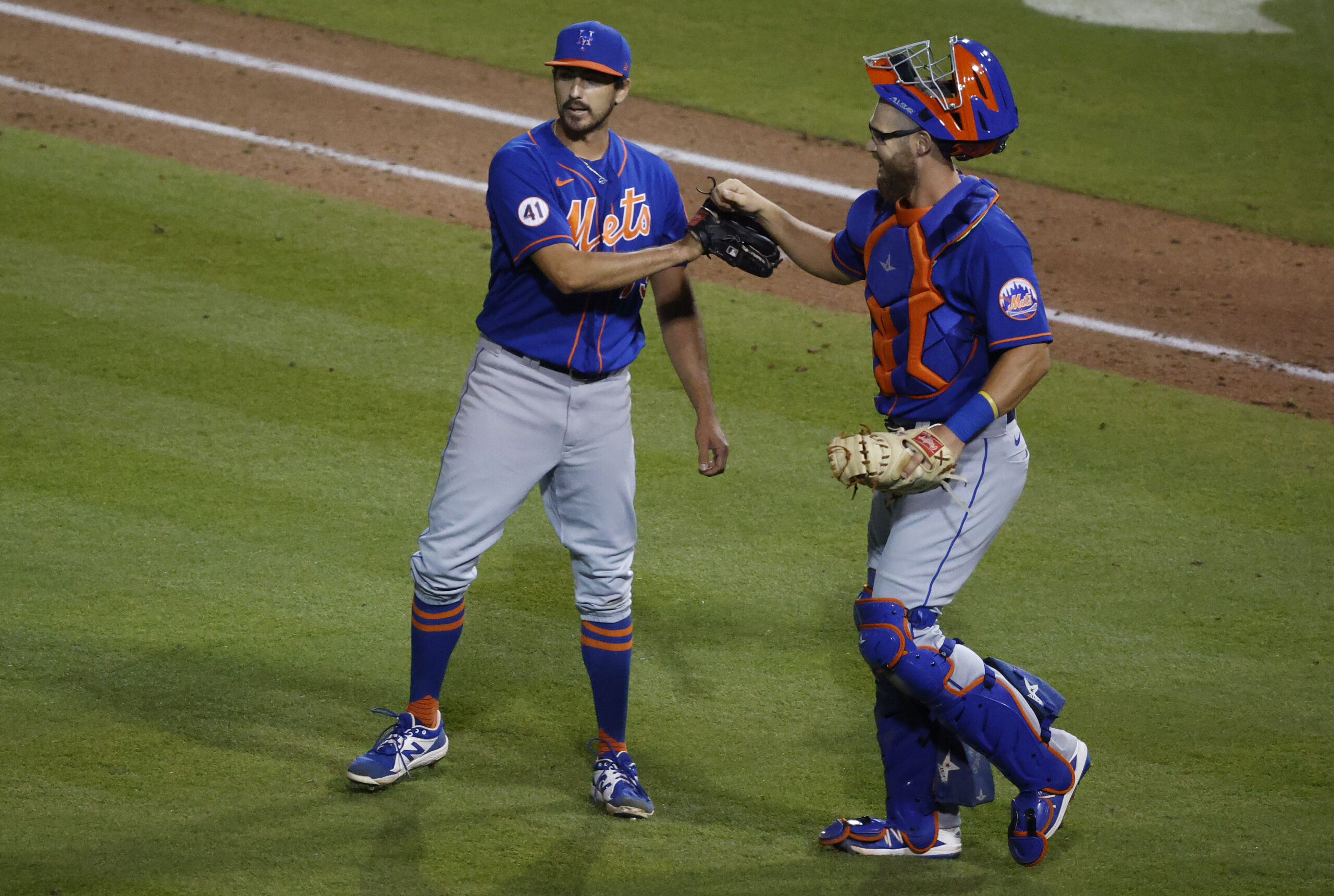
Credit: Rhona Wise-USA TODAY Sports
After receiving disappointing results from the catcher position last season, the New York Mets made it a priority to acquire one of the top backstops in free agency and they did exactly that by signing catcher James McCann to a four-year, $40.6 million contract over the offseason.
By making this move, the Mets have finally filled a massive hole on their roster that’s needed to be addressed for the last several seasons, especially since it became very clear veteran Wilson Ramos wasn’t going to be a long-term solution or any solution for that matter.
As a result, this team won’t need to worry about who’s positioned behind home plate in 2021 as they’re in good hands with the 2019 AL All-Star serving as the everyday catcher.
Behind McCann, teammate Tomas Nido will serve as New York’s backup catcher once again and will be aiming to build off his promising 2020 campaign, which was cut short due to COVID-19. While it’s unclear as to how much playing time the 26-year-old backstop will receive this season, the coaching staff is expecting him to continue providing reliable defense whenever he’s called upon to come off the bench.
Considering taxi squads are returning for a second-straight season, the Mets’ squad will need to feature at least one catcher and rookie Patrick Mazeika could spend some time in that role, as he’s the only other catcher on the 40-man roster.
With former teammate Ali Sanchez traded to the St. Louis Cardinals before spring training opened, this move opened the door for Mazeika to take on a much larger role and he might finally make his major league debut after spending the last six seasons in the minors and at the alternate training site.
Though there’s a very good chance the 27-year-old will likely spend the majority, if not all, of this season on the taxi squad, injuries are destined to pop up over a 162-game schedule and that’s exactly how the former eighth-round selection could earn his opportunity in the big leagues.
Since McCann hasn’t played more than 118 games in a single season before, an increased workload could potentially make him more susceptible to injuries in 2021, especially since the catcher position is such a physically demanding job.
So what could Mazeika offer if he’s needed to serve as an injury/COVID-19 replacement?
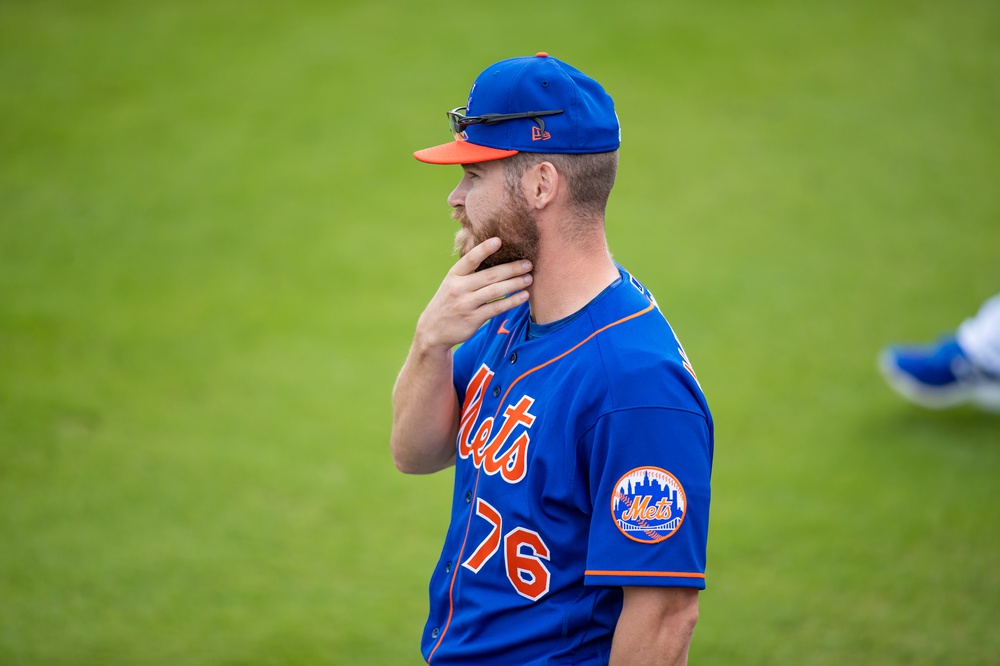
Credit: Mary Holt-USA TODAY Sports
The 6′ 3″ catcher was primarily known for his offense throughout his collegiate career at Stetson University and he’s carried that narrative over to the Mets’ organization, allowing him to gradually climb through the minors thanks to his skills in the batter’s box.
But due to a lack of strength coming out of college, Mazeika struggled to hit the ball beyond the warning track in the minors, forcing him to become a reliable on-base threat, which certainly isn’t the worst scenario. Leaning on his plate discipline, strikeouts didn’t become a major issue for the offensive-first catcher in the early stages of his minor league career, resulting in high walks and hits totals.
Finding holes in the defense, the left-handed hitter posted a BABIP of at least .320 and a wRC+ of at least 139 at each of the first three levels he played at within New York’s minor-league system. In addition, he also generated a walk rate of at least 9.0% and didn’t produce a strikeout rate higher than 13.3% during that same span.
Once Mazeika returned to Double-A Binghamton in 2018, he started trading most of his contact for power and utilized this same approach during the following season. But while his slugging metrics increased dramatically, earning him a ton of attention across the Eastern League, his ability to remain disciplined took a major step backward as he transformed into a boom or bust type of hitter.
In particular, the former Hatter slugged his way through the 2019 campaign, producing 25 doubles, 16 home runs (career-high), 69 RBIs, .182 ISO, 45.2% FB rate, a 116 wRC+ score and a slashing line of .245/.312/.426/.738 over his 462 plate appearances with the Rumble Ponies.
Digging deeper into his slugging metrics, the former Eastern League Player of the Week winner finished with the most RBIs, tied for the most doubles, the second-most home runs, the fifth-highest ISO, the seventh-highest slugging percentage, the ninth-highest OPS and wRC+ score, the 11th-highest fly ball rate and the 15th-highest average among all catchers in the Eastern League who earned at least 200 plate appearances, according to FanGraphs.com.
On the other hand, this all-or-nothing approach resulted in a 19.3% strikeout rate, 8.0% walk rate and a .271 BABIP in 2019, preventing Mazeika from performing as a well-rounded hitter. Still, if he cuts down his swing and learns to become less aggressive at the plate, the lefty slugger could provide some much-needed offense off the bench if he’s needed to fill in at some point this season.
Moving to his defensive capabilities, the Mets’ backstop has plenty of room to grow with the glove, as most experts consider him an average pitch framer who also needs to improve his blocking. As for his throwing ability, his lack of arm strength prevents him from gunning down runners effectively and his accuracy has also proven to be inconsistent at times.
Due to Mazeika’s struggles behind the plate, the club had him spend plenty of time working at first base during the 2019 campaign, compiling 429 2/3 innings at that position. Since he also worked 443 2/3 innings behind the dish, it seems manager Luis Rojas could utilize him at both spots if the versatile fielder works his way onto the 26-man roster in 2021.
With just one minor-league option remaining after this season, it’d be very beneficial for the Mets to discover what they have in Mazeika sooner rather than later, meaning they should promote him off the taxi squad if an opportunity presents itself at either first base or the catcher position.
While his expectations should probably be set fairly low, the Massachusetts native could surprise a ton of pitchers with his power swing, potentially allowing him to create a respectable amount of damage.
Based on these factors, the fanbase should keep a close eye on New York’s No. 3 catcher all season long, or they might be caught off guard if he earns an opportunity to suit up with the major league squad this summer. But even if he doesn’t, this team is much better prepared behind the plate than they were at any point last season, which is a major accomplishment for the front office.
